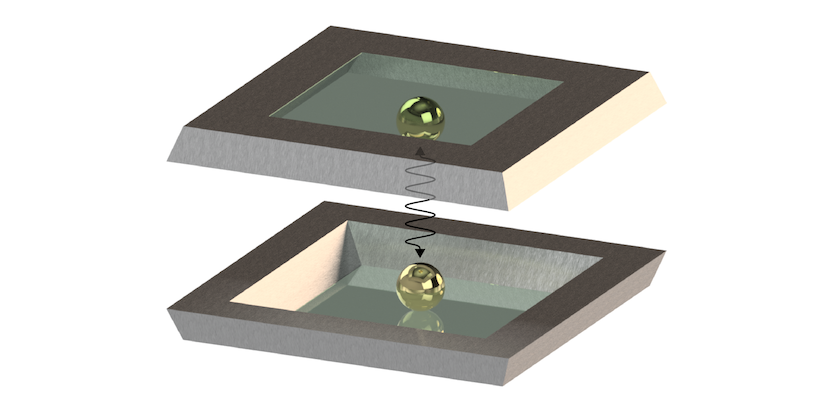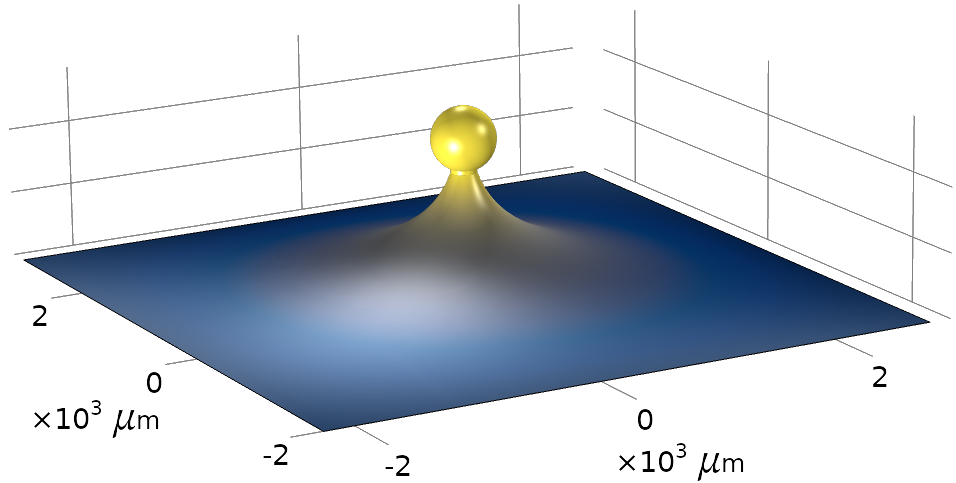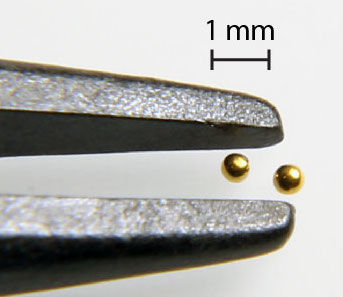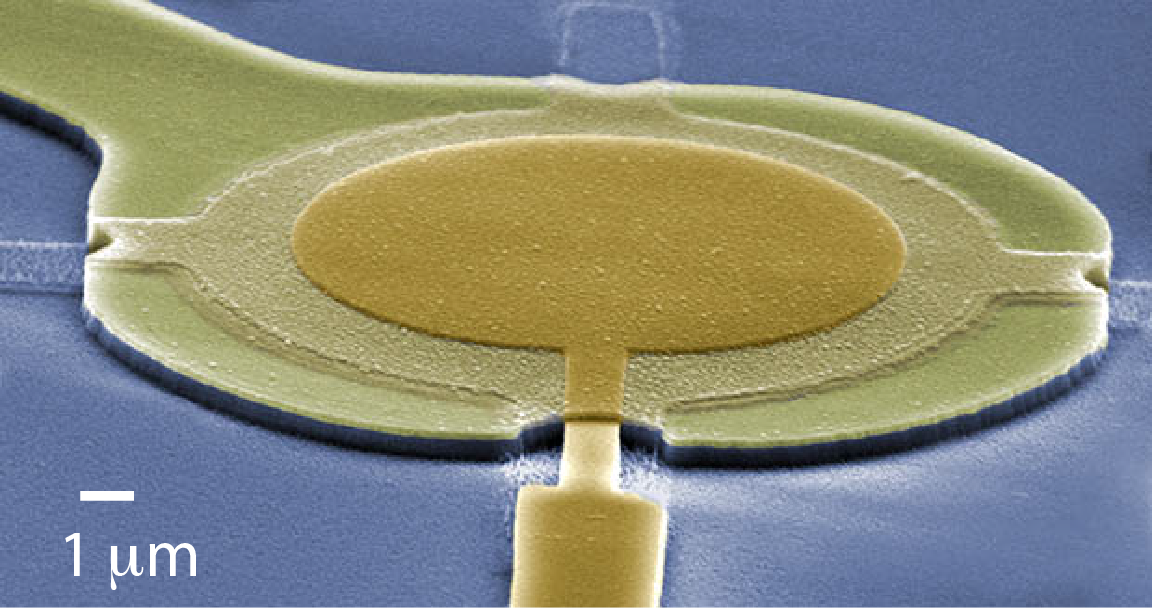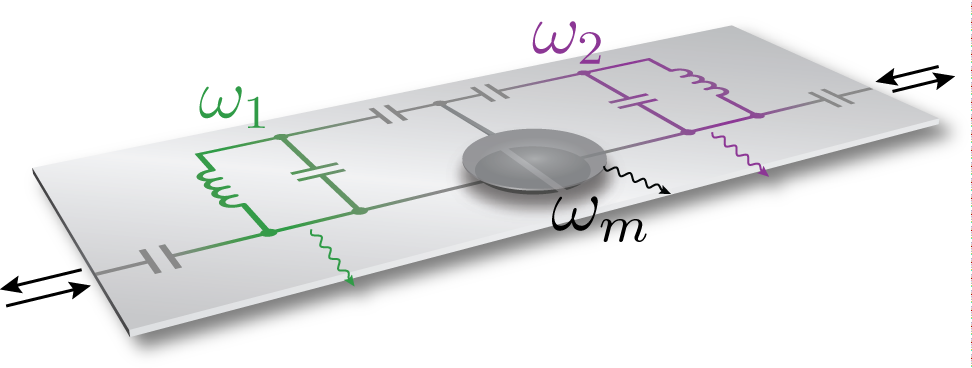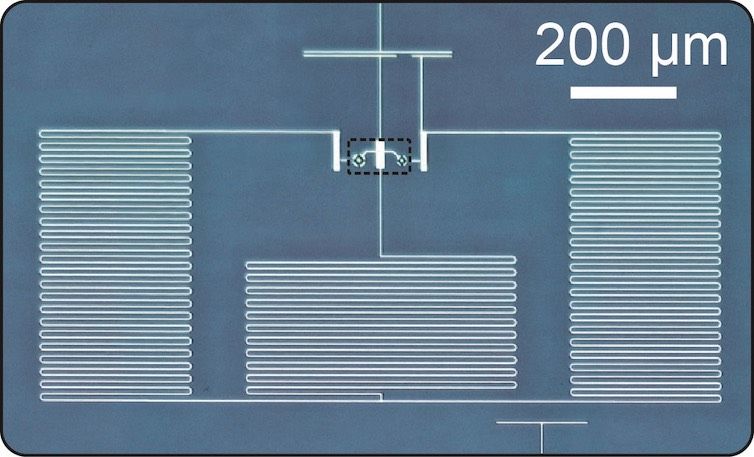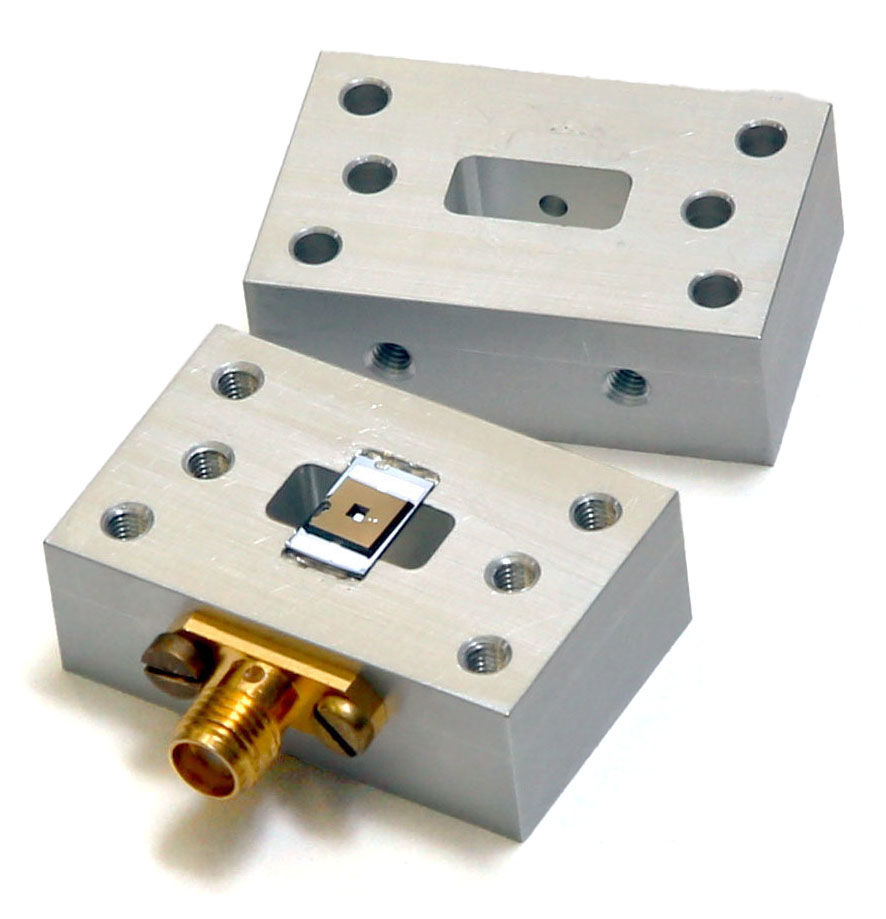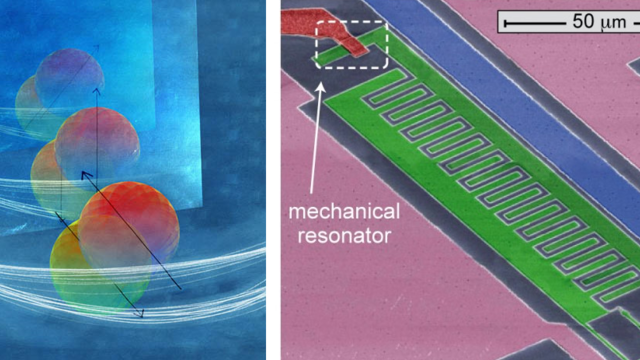Quantum Nanomechanics
The group is part of the national Centre of Excellence – Quantum Technology Finland (QTF).

News

New quantum record: Transmon qubit coherence reaches millisecond threshold
The result foreshadows a leap in computational capabilities, with researchers now inviting experts around the globe to reproduce the groundbreaking measurement.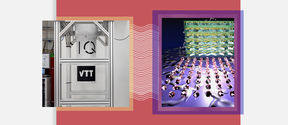
In a first, physicists show how to use the Helmi quantum computer in Finland to design topological quantum materials
A team of Aalto researchers demonstrated how the Finnish quantum computer Helmi can be used to understand topological quantum materials, providing a stepping stone to designing exotic quantum materials with quantum computers
InstituteQ launches new doctoral school in quantum technology
The Doctoral School in Quantum Technology and the industrial doctorates are now in operation
Finnish Quantum Agenda details road ahead and stresses need for national quantum strategy
What are Finland’s strengths in quantum technology? How can Finland ensure it stays on top of the groundbreaking changes quantum technology will cause in the coming years and decades? These are the questions the Finnish Quantum Agenda answers.
Group leader
Prof. Mika Sillanpää
Entangled mechanical oscillators
Entanglement is perhaps the most intriguing feature of quantum mechanics. It allows objects to affect each other across arbitrary distances without any direct interaction, defying both classical physics and our common-sense understanding of reality. Entanglement is now commonly observed in experiments with microscopic systems such as light or atoms, and is also the key resource for quantum technologies such as quantum computation, cryptography and measurement.
Quantum entanglement is, however, extremely fragile, and it will disappear if the entangled particles interact with their surroundings, through thermal disturbances, for example. For this reason, entanglement between the motion of macroscopic objects has long been an elusive goal.
In recent works we created and stabilised entanglement between the center-of-mass motion of two drumhead resonators. The drumheads, 15 micrometer in diameter, are capacitively coupled to a single microwave "cavity" formed by a superconducting circuit. By driving the system with suitable microwave fields, we cool the thermal disturbances and bring the drumheads to a steady state where they are entangled indefinitely. Our work qualitatively extends the range of entangled physical systems and has implications for quantum information processing, precision measurements and tests of the limits of quantum mechanics.
- Quantum mechanics–free subsystem with mechanical oscillators. Science 372, 625-629 (2021).
- Perspective: H.-K. Lau, A. Clerk, Macroscale entanglement and measurement, Science 372, 570-571 (2021).
- Stabilized entanglement of massive mechanical oscillators. Nature 556, 478 (2018).
- News & Views: Andrew Armour, Entangled vibrations in mechanical oscillators. Nature 556, 478 (2018)
- Press release

Artist's impression of entangled vibrating drums. Image credit: Juha Juvonen.
Magneto acoustics
We integrate magnetic materials with nano- and micromechanical devices to advance fundamental science and to obtain new functionalities that can lead to disruptive technologies. We study strain-mediated interactions between magnons and phonons in magnetic mechanical oscillators. The hybrid potential is provided by magnetostriction, which couples mechanical strain to magnetization. This activity can be regarded as an analog to cavity optomechanics, with magnons replacing the electromagnetic cavity.
- Magnomechanics in suspended magnetic beams. Phys. Rev. B 104, 214416 (2021).







